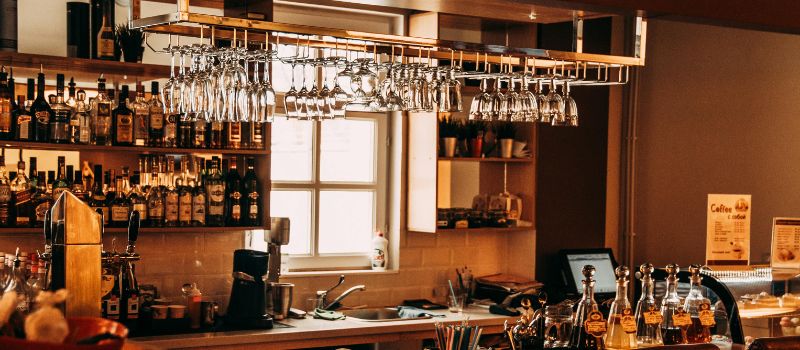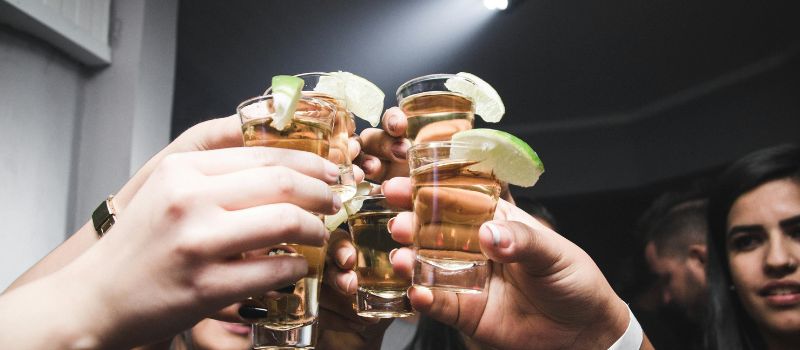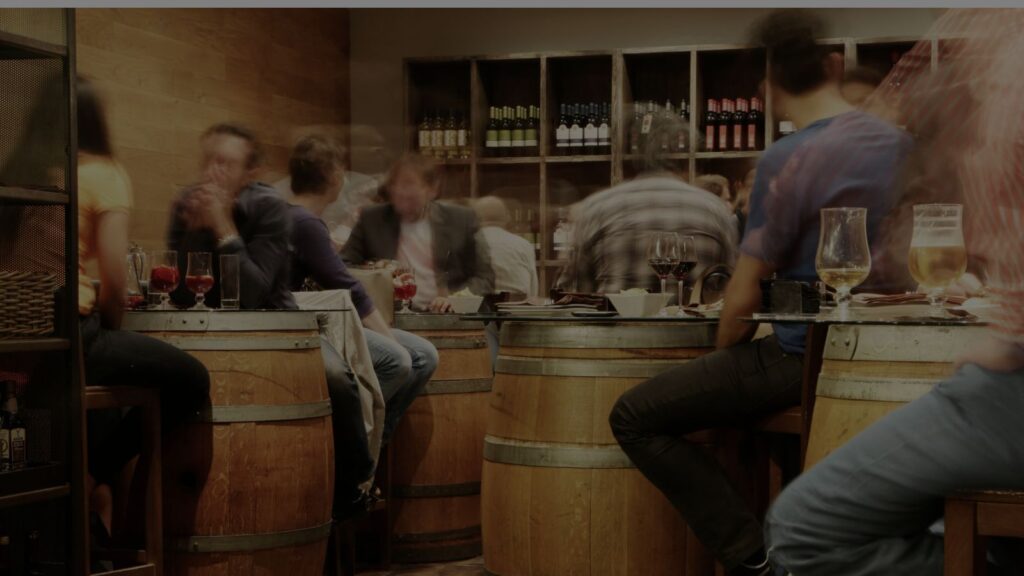Understanding Bar Sales Tax Audits in Illinois
If you own a bar in Illinois, then you might be subject to an even more fickle and unpredictable sales tax audit. You will hear about this thing called a pour test.
A Real-Life Example
Here is our story:
The system our client uses is called a Berg System that allows only items that can be scanned and items that have an electronic pourer on them that sends the price to the registers.
- All of the beers were and have always been $3 for domestic & $4 for imported.
- When there is a special on the beers, they sell for $2 and it is entered on the register as open domestic or open import.
- All of the liquors are on a pouring system that has 7 price options.
- All of my liqueurs used for mixing (i.e., triple sec & flavored puckers & schnapps) along with non-alcoholic mixers (i.e., sweet & sour, roses lime & grenadine) are all on a free pour pourer that does not ring to the register as they do not incur a charge.
For example:
If a person orders strawberry lemonade as a drink we use vodka, lemonade & strawberry pucker (DeKuyper) — only the price of the vodka rings to the register.

How Audits Work: The Basics
The basic bar audit is all about accounting for units of product, bottles of beer, glasses of wine or draft beer, and ounces of hard alcohol.
Beer and Wine: Straightforward
- Bottles are easy.
- Glasses of wine or beer are fairly simple: x number of bottles or kegs divided by number of ounces per glass.
Liquor: The Subjective Challenge
But accounting for the hard liquor becomes much more subjective.
Most small local bars use a “free pour” where the bartender manually pours from a bottle into the glass, perhaps with the aid of a shot glass. Patrons won’t return if they see the bartender carefully pour the drink into the shot glass and then dump it into the serving glass.
They expect an over pour where the shot glass is only a “suggested” measurement and the bartender continues to pour past the point where it is filled.
Measuring in this manner makes establishing the cost of the drink very challenging.

The Auditor’s Questions
One of the questions asked of the owner or bar manager at the start of the audit is what they expect that average pour to be.
Most times the response is between 1.0 and 1.5 ounces, which is reasonable, though 1.5 ounces is getting heavy.
But some owners insist they are pouring more than that and stand by their answer even when the rest of the audit analysis shows this isn’t possible.
Why You Need Professional Help
When the auditors use their one-size-fits-all procedure, they are out of scope with the industry.
Call our office to mesh your particular bar policy with the State’s audit.
Frequently Asked Questions
What is a pour test in a bar sales tax audit?
A pour test is a method auditors use to estimate how much alcohol should have been sold based on inventory and expected pour sizes. It helps identify discrepancies between recorded sales and actual usage.
Why is liquor auditing more difficult than beer or wine?
Liquor audits are more subjective because liquor is often poured freely by bartenders, making it hard to standardize measurements and match them against sales records.
What triggers a sales tax audit for a bar in Illinois?
Sales tax audits may be triggered by inconsistent reporting, anomalies in tax returns, or randomly as part of state compliance programs. Bars with complex pouring systems or manual entry practices are especially scrutinized.
How do open ring entries affect audit results?
Open ring entries , like those used during drink specials, can make it hard to match sales to inventory, leading auditors to suspect underreporting unless detailed records are maintained.
Why should I hire a professional for my bar audit?
Professionals can interpret audit procedures, challenge unfair assumptions, and ensure your bar’s unique systems and practices are accurately reflected in the audit findings, potentially saving you from costly penalties.

